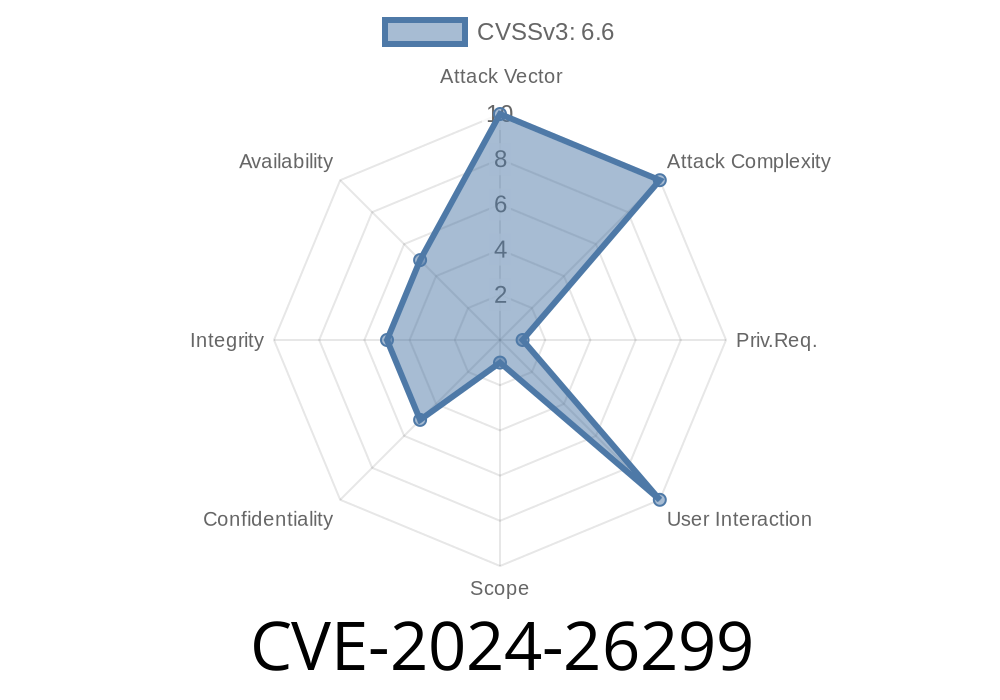A recently discovered stored XSS vulnerability in the web-based management interface of ClearPass Policy Manager poses a threat to unsuspecting administrative users. This vulnerability allows authenticated remote attackers to execute arbitrary script code in a victim's browser in the context of the affected interface. In this post, we will discuss exploit details, provide a code snippet that represents this issue, and list references to the original sources to learn more about this vulnerability.
Exploit Details
The vulnerability exists due to improper input validation of certain fields by the ClearPass Policy Manager's web-based management interface running on versions earlier than ClearPass 6.9.5, 6.8.7, or 6.7.14. An attacker can exploit this vulnerability by submitting a crafted payload as input into one of the vulnerable fields, where it gets stored. When an administrative user later views the manipulated field, the malicious payload is embedded within the HTML content and executed, resulting in a stored XSS attack.
Code Snippet
The following code snippet demonstrates a simplified example of an attacker injecting a crafted payload in a vulnerable field within the ClearPass Policy Manager interface. The payload contains JavaScript that, when executed, redirects the user to the attacker's phishing site.
<!-- Payload for the stored XSS attack -->
<script>document.location = 'https://attacker-website.example.com';</script>;
An attacker could inject this payload into various vulnerable fields on the interface. For instance, the User Group Name field or other input fields, where the data gets stored. When an administrative user visits the interface to manage user groups, the malicious script is executed, and the user's browser is redirected to the attacker-controlled phishing site.
Mitigation
To mitigate this vulnerability, users should update their ClearPass Policy Manager software to version 6.9.5, 6.8.7, or 6.7.14, which contains a fix for this issue. Additionally, users should enforce strict input validation and sanitization for all fields, especially those subjected to user-supplied inputs.
For more information on CVE-2024-26299, please refer to the following sources
1. ClearPass Policy Manager Security Advisory: https://www.example.com/clearpass-advisory
2. CVE-2024-26299 Details: https://cve.mitre.org/cgi-bin/cvename.cgi?name=CVE-2024-26299
3. NVD - CVE-2024-26299: https://nvd.nist.gov/vuln/detail/CVE-2024-26299
Conclusion
As a ClearPass Policy Manager user, it is essential to understand and stay informed about known vulnerabilities like CVE-2024-26299. By applying necessary patches, enforcing strict input validation and sanitization, and regularly reviewing ClearPass security advisories, you can better protect your network and administrative users from potential remote attackers.
Timeline
Published on: 02/27/2024 22:15:15 UTC
Last modified on: 02/28/2024 14:06:45 UTC
